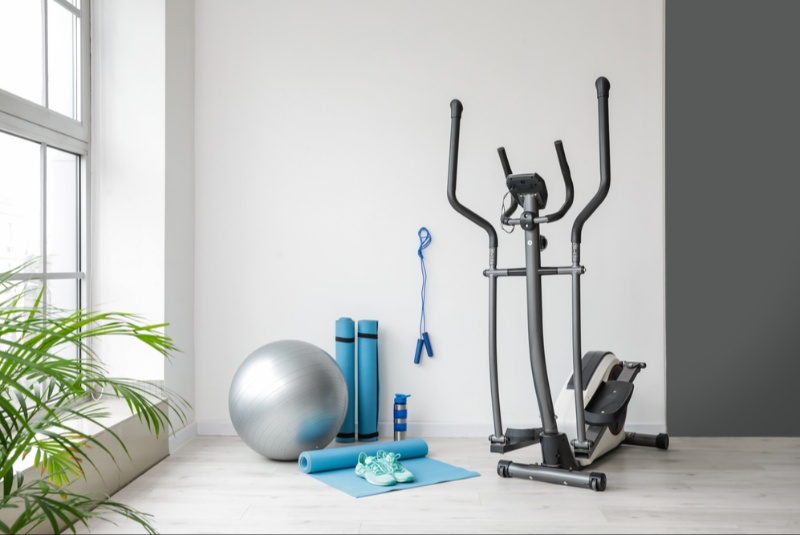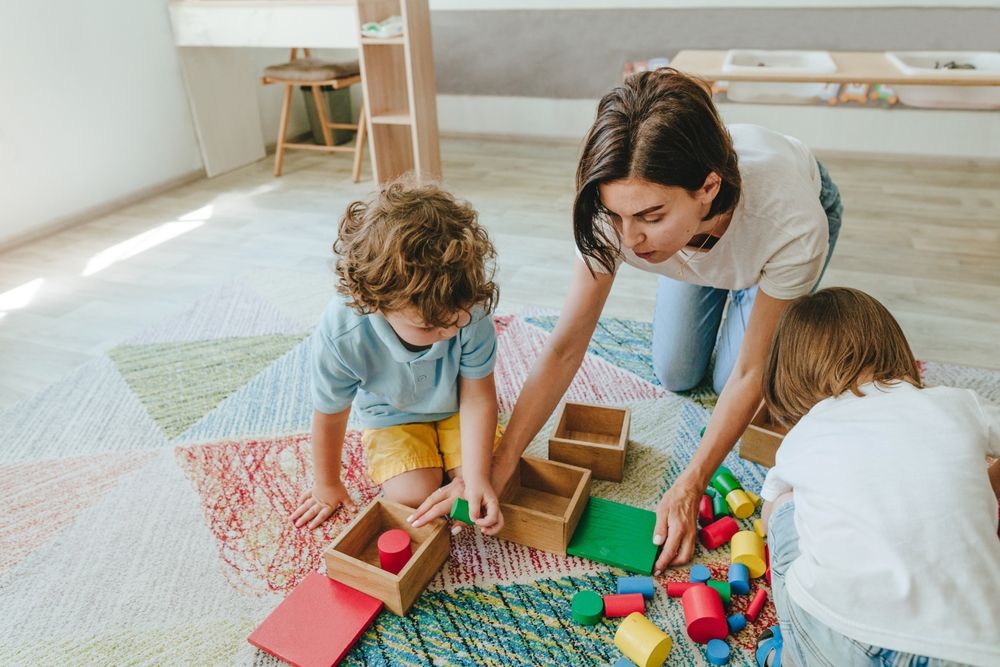Building a home gym is an exciting endeavor, allowing you the convenience of working out in your personal sanctuary at any time of day. However, it can also be a challenging task, as the market is flooded with a vast range of products, each claiming to be indispensable. To assist you in this venture, here is a guide on how to make smart purchases for your home gym:
1. Define Your Fitness Goals
Before anything else, outline what you intend to achieve with your home gym. Your goals will significantly influence the kind of equipment you need. If your focus is on building muscle, weights and resistance training tools will be essential. Conversely, if cardiovascular health is your priority, aerobic equipment such as treadmills and stationary bikes should top your list. Furthermore, consider whether you want to enhance flexibility, balance, or overall endurance as part of your fitness journey.
2. Assess Your Space
The space available will dictate the kind of equipment you can accommodate. Be realistic about the size and type of equipment you purchase to avoid cluttering your space. Ideally, there should be sufficient room to move around and perform exercises safely. Measure the dimensions of your designated workout area and take note of any architectural or structural constraints, such as low ceilings or limited ventilation. This assessment will ensure that you make the most of your available space.
3. Budget Wisely
Setting a reasonable budget is vital. Quality should always be a priority over quantity. It is better to have fewer high-quality pieces of equipment than numerous sub-standard ones. Consider equipment that offers multiple functionalities to get more value for your money. While it's tempting to splurge on fancy fitness gadgets, remember that effective workouts can be achieved with a well-thought-out selection of equipment that aligns with your fitness goals.
4. Conduct Thorough Research
With your goals set and budget in hand, delve into the market research. Look into product reviews, and possibly consult with fitness professionals. This step helps in understanding the durability, functionality, and efficiency of the different equipment available. Pay attention to user feedback, as it often provides valuable insights into real-world performance and longevity.
5. Opt for Versatile Equipment
Multi-purpose equipment, like adjustable dumbbells or resistance bands, can be used in various workouts, offering great value for money. They not only save space but also provide a wide range of exercise options, catering to different muscle groups. Versatility is a key factor when choosing equipment, as it allows you to diversify your workouts and adapt to changing fitness needs without the need for extensive space or additional purchases.

6. Prioritize Safety
Safety should never be compromised when selecting gym equipment. Ensure that the equipment you purchase has safety features and follows the necessary safety standards. Look for features like non-slip grips, secure locking mechanisms, and sturdy construction. Additionally, if you're buying second-hand equipment, inspect it thoroughly to ensure it is in good working condition. Safety is paramount to injury prevention and overall workout effectiveness.
7. Test Before You Purchase
Whenever possible, try out the equipment before making a purchase. This hands-on approach will give you a feel of the product’s quality and usability. Ensure that the equipment is comfortable to use and meets your fitness needs. For example, test the ergonomics of a stationary bike or the cushioning of a treadmill to ensure they provide a comfortable and supportive workout experience. If you're considering weights or resistance bands, perform a few reps to evaluate their grip and resistance levels.
8. Consider Future Needs
As you progress in your fitness journey, your needs might evolve. Purchase equipment that can be upgraded or adapted to meet your changing needs. This forward-thinking approach will save you money in the long run. For instance, if you start with a basic weight set, consider whether it can be expanded with additional plates or attachments as you become more advanced. This flexibility ensures that your home gym remains relevant as you advance in your fitness goals.
9. Don’t Forget the Accessories
Apart from the primary equipment, remember to allocate a budget for essential accessories such as mats, mirrors, and adequate lighting. These accessories not only enhance your workout experience but also help in creating a motivating environment. Fitness mats provide cushioning for floor exercises and protect your flooring. Mirrors help you maintain proper form during exercises and can make your space feel larger and more inviting. Good lighting ensures safety and enhances the ambiance of your home gym.
10. Seek Professional Advice
If you are unsure about the kind of equipment you need, don't hesitate to seek advice from fitness professionals. They can help you select the right tools and equipment based on your fitness level and goals. A personal trainer or fitness coach can provide valuable insights into the most effective equipment for achieving your specific fitness objectives. They can also assist in designing a workout routine that optimally utilizes your home gym equipment.
Building a home gym is a worthwhile investment in your health and wellbeing. By clearly defining your goals, assessing your space, setting a reasonable budget, and conducting detailed market research, you set a strong foundation for making smart purchases. Remember to prioritize versatile, safe, and upgradeable equipment that meets your current and future fitness needs. And above all, don't overlook the value of professional advice in helping you craft the perfect home gym tailored to your objectives.
As you take these steps, you bring yourself closer to a home gym that is not just well-equipped but is also a true reflection of your fitness aspirations. It's time to build a home gym that empowers you to achieve your health goals from the comfort of your home, offering you a space for physical wellness and personal growth.




